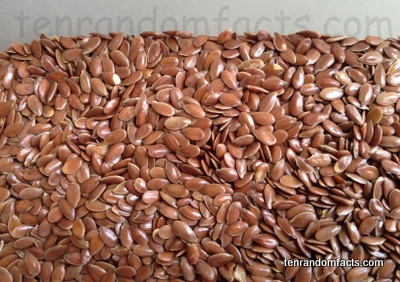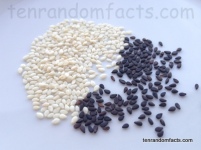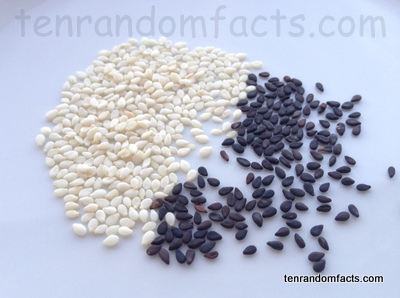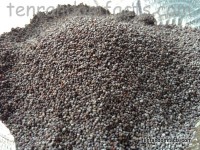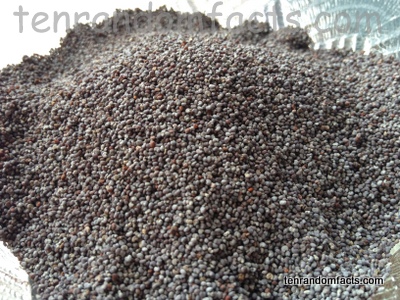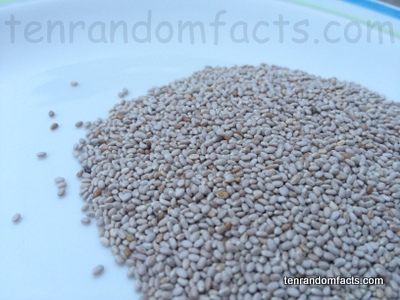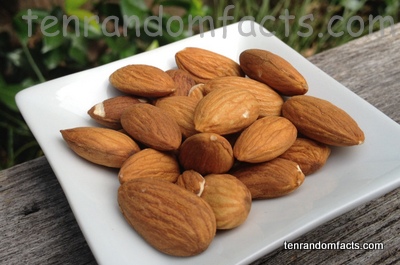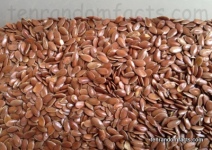
Flaxseeds are nutrition bombs.
- Flaxseeds are the seeds from the flax plant that has the scientific name Linum usitatissimum, which is from the family Linaceae, a family of flowering plants.
- Flaxseeds can be eaten cooked, raw or ground, and are often used to flavour dishes and baked goods as well as breakfast cereals, and oil can also be extracted from them.
- Flaxseeds are typically brown, red brown, yellow, tan or gold in colour, and white, black or green seeds can be obtained, however they are either immature, or over mature, and it is best to avoid them.
- ‘Flaxseeds’ are also known as ‘flax seeds’ and ‘linseeds’, and are best ground and consumed with water to make them more digestible.
- Flaxseeds have been used medicinally, primarily in Austrian folk medicine, for infections, colds, fever and problems with eyes and respiratory areas, among others.
- Ground flaxseeds require refrigeration unless consumed quickly, as they can go rancid in short periods of time – as quickly as seven days, if left at room temperature, although raw unground seeds have a much longer storage life.
- Flaxseeds and their oil can cause an allergic reaction in some people, and symptoms include itchy skin and nausea.
- In 2011, Canada was the leading producer of flaxseeds, with 368,300 tonnes (406,000 tons) of the world production of 1,602,000 tonnes (1,765,900 tons), and China ranked a close second.
- Flaxseeds have been used as a food for thousands of years, particularly in Mediterranean and Middle Eastern countries.
- Flaxseed nutrition varies slightly depending on their colour, however, they are very high in fibre, magnesium, manganese, thiamin, and notably, omega-3, as well as being high in copper and phosphorus, and they also contain many other vitamins and minerals.
Bibliography:
Flax, 2014, Wikipedia, http://en.wikipedia.org/wiki/Flax
Flaxseeds, 2014, The World’s Healthiest Foods, http://www.whfoods.com/genpage.php?tname=foodspice&dbid=81




